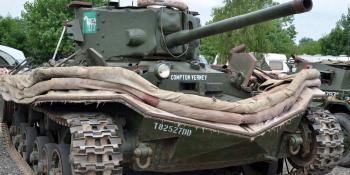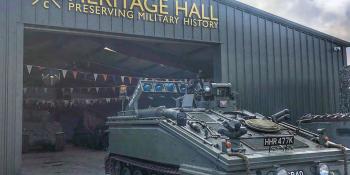Two Canadian Military Pattern enthusiasts rescued a rare British Army C15 4x2, writes Neil Huband
One of the most chilling sets of statistics about the state of the British Army post-Dunkirk is reflected in the staggering losses of armour, artillery, ammunition and transport.
While some equipment was hastily loaded onto ships and saved at Le Havre and Cherbourg, some 64,000 vehicles including 45,000 lorries and cars were left behind. This represented up to 90% of the army’s original inventory of particular types of transport.
Despite 338,000 troops being rescued from Dunkirk, and many thousands more from Le Havre, Cherbourg, Brest and other ports under Operations Circle and Ariel, back in Blighty, the army was essentially unable to function without adequate transport.
Meanwhile, after much debate, Britain’s army planners finally moved away from the World War One battlefield tactics that had failed the British Expeditionary Force in France. After witnessing German Blitzkrieg tactics, the British realised that mobility and speed were essential and that any new campaign needed a wide range of transport vehicles to move a force quickly and keep it supplied. In secret, special exercises were practised o…




